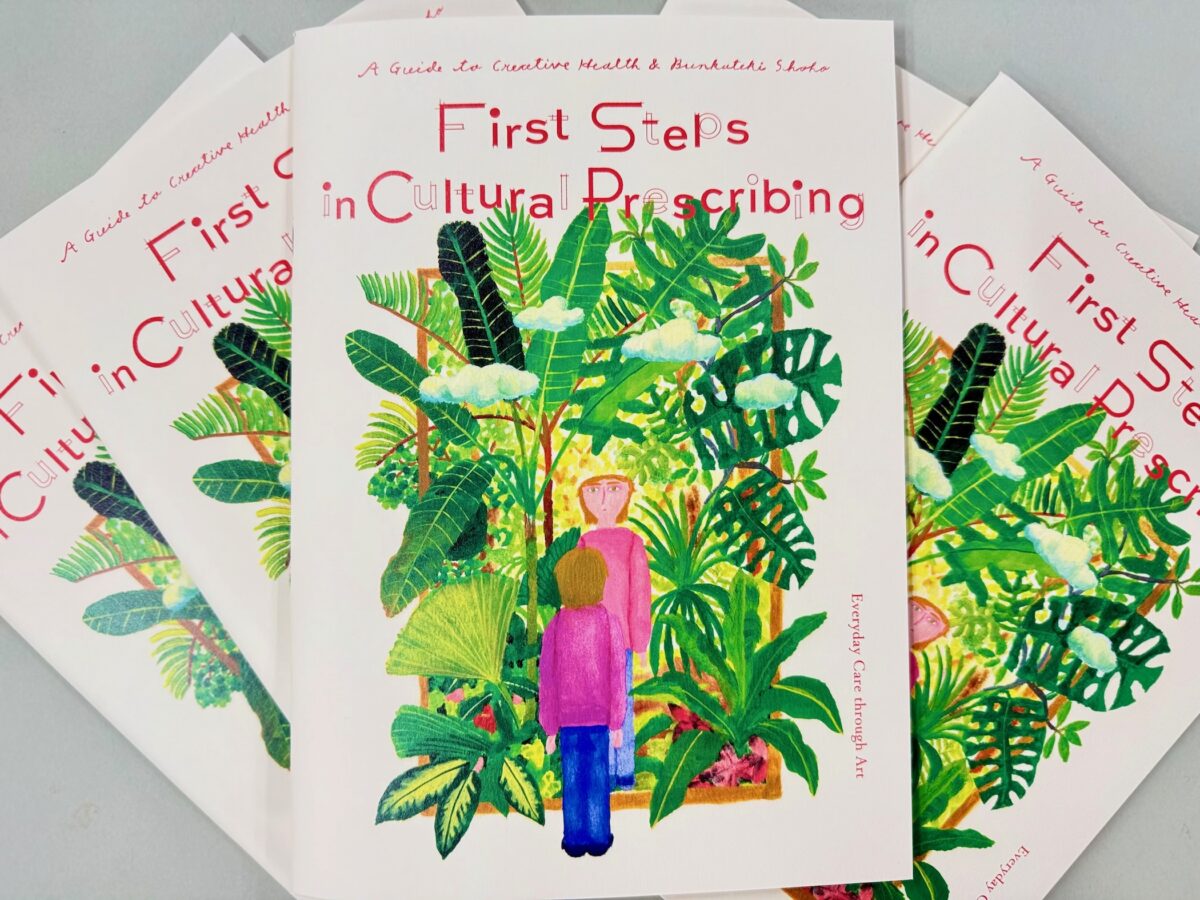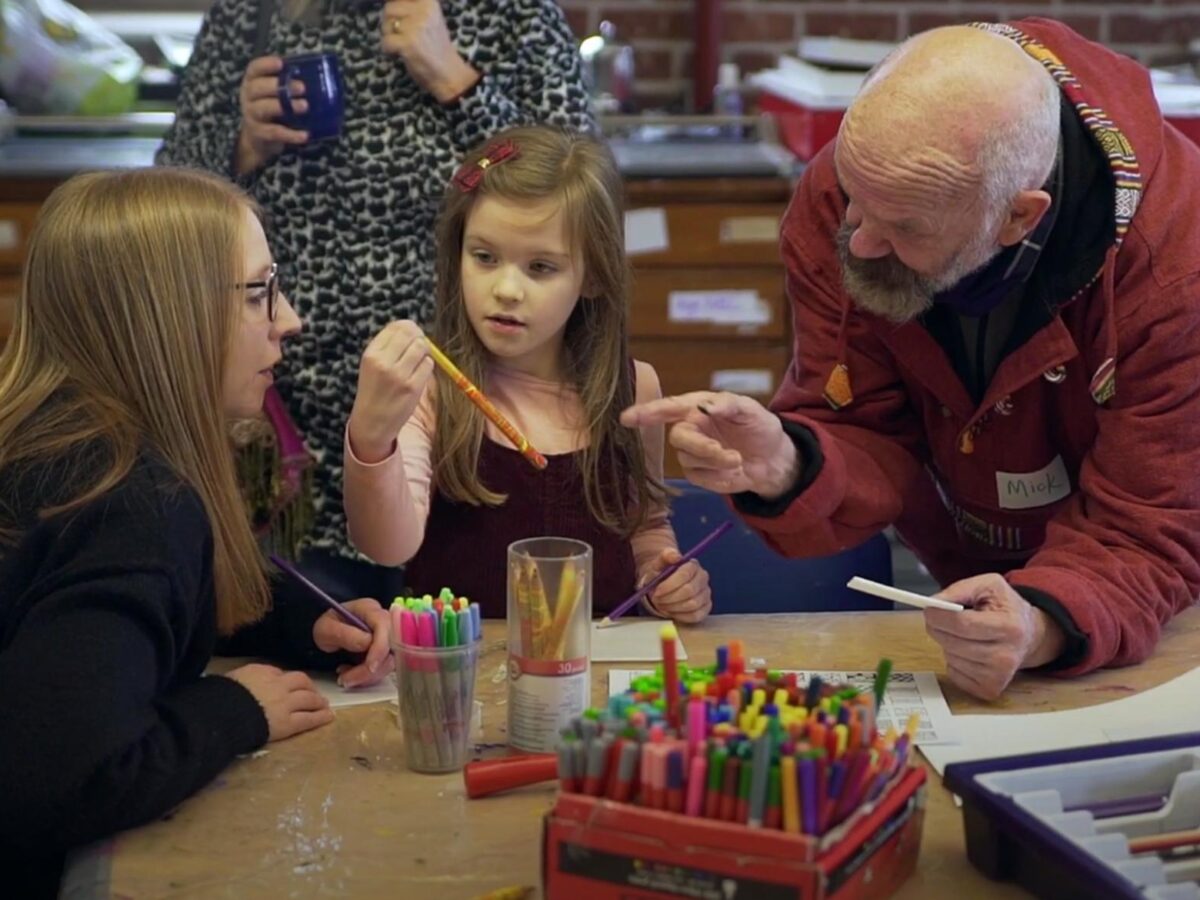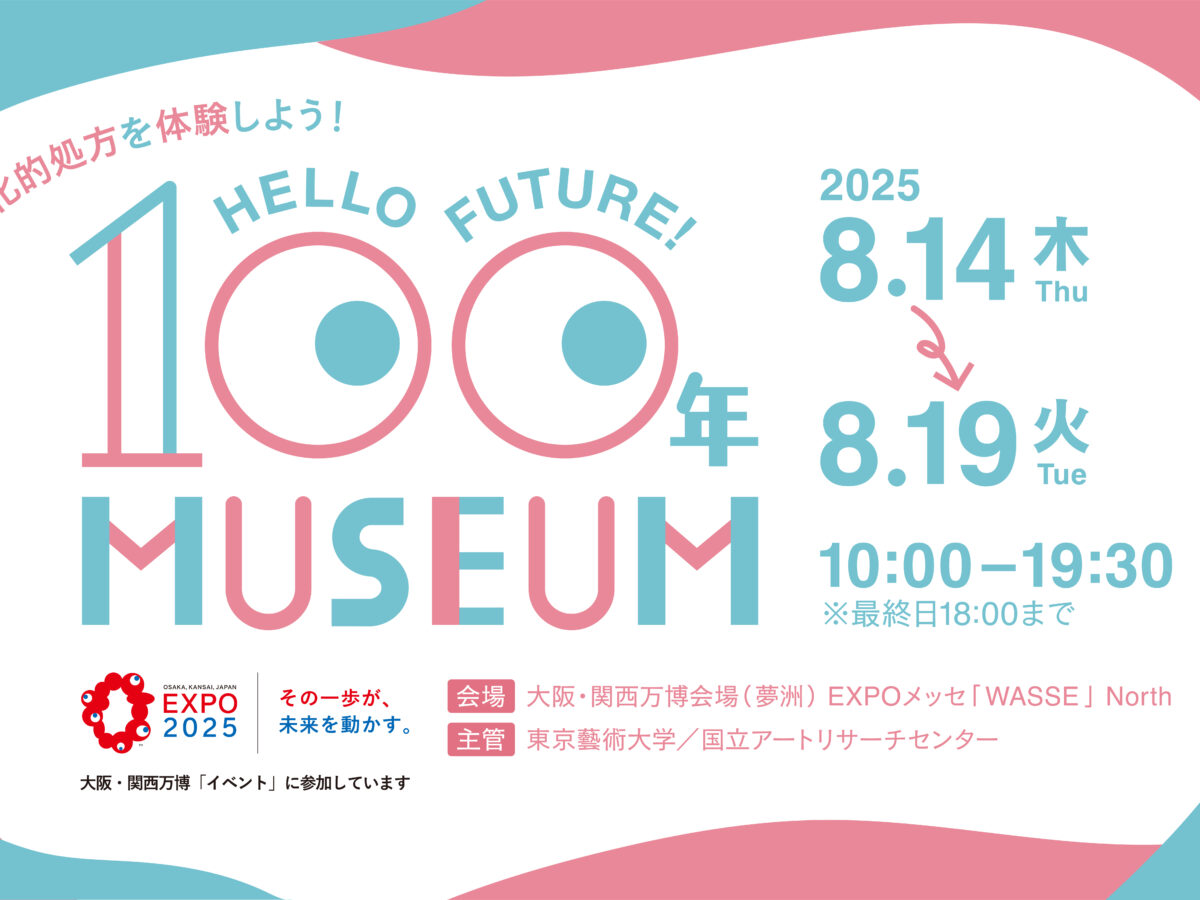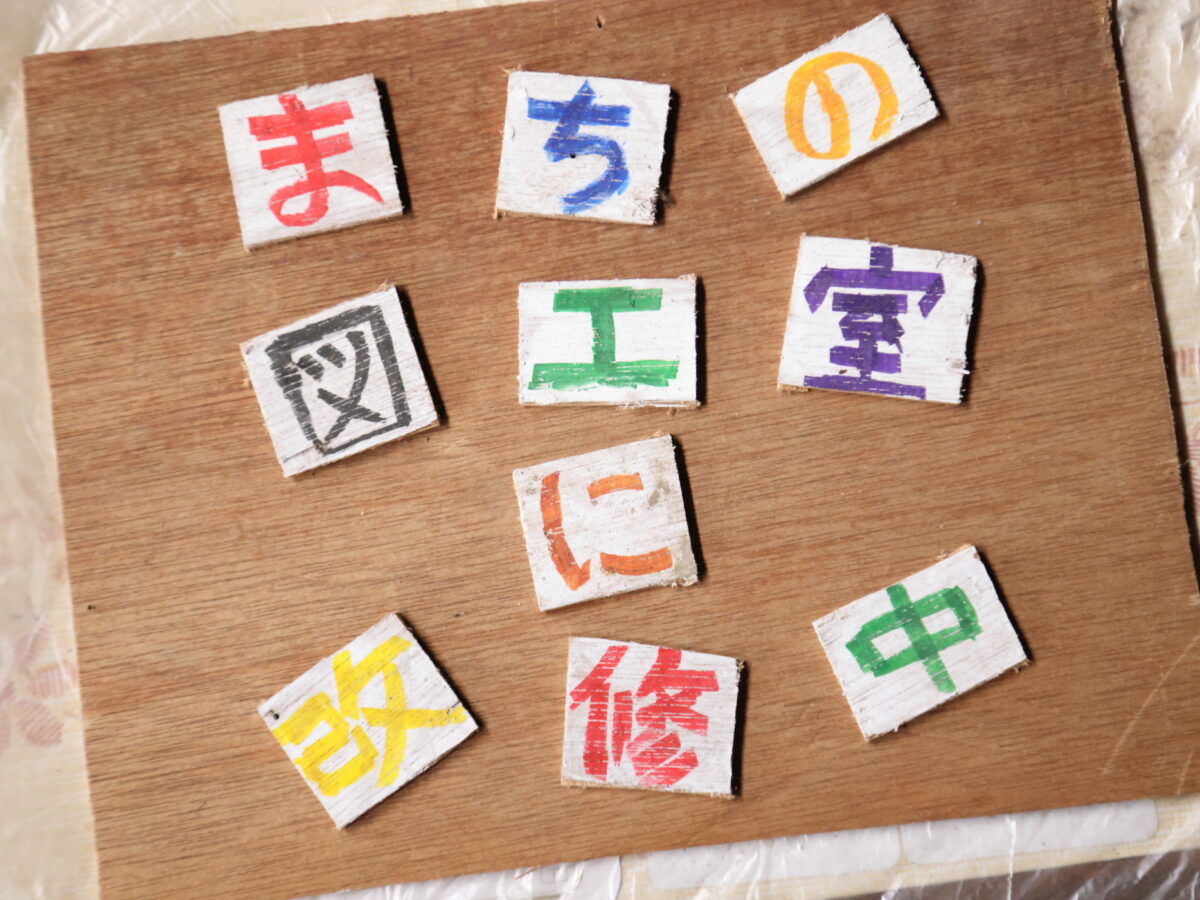 KEYWORD for Cultural Prescribing! "Cultural Prescribing and Social Prescribing" What do they mean?
KEYWORD for Cultural Prescribing! "Cultural Prescribing and Social Prescribing" What do they mean?Sawako Inaniwa, from the National Center for Art Research, leads “aa-tomo” as the leader of R&D Task 1, together with Takashi Kiriyama (Dean of the Graduate School of Film and New Media, Tokyo University of the Arts). What drives her passion for the activities of “aa-tomo”?
目次
Why Was “Art” Produced?
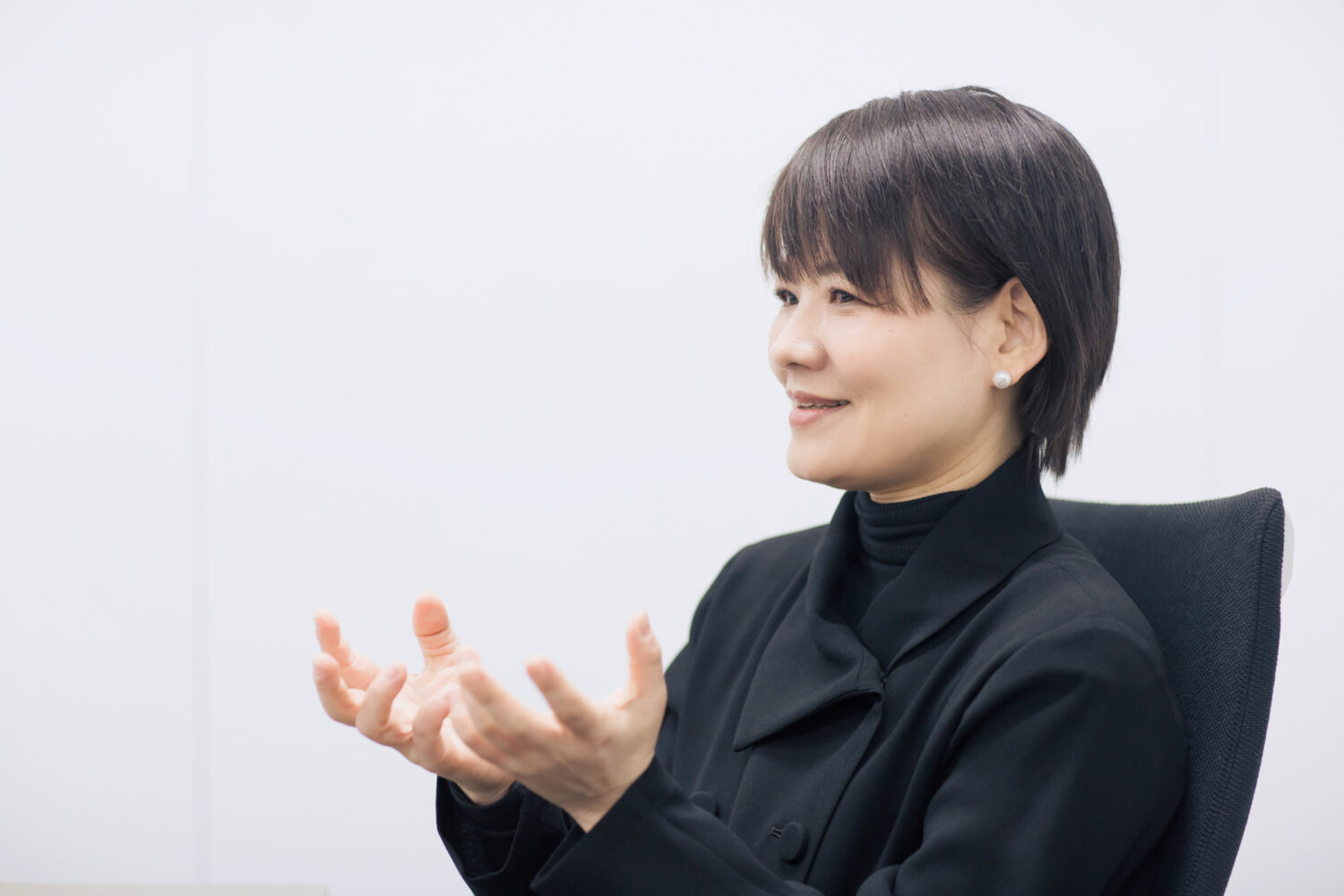
When considering how art can contribute to a better world and society, I believe it’s crucial to carefully examine the social impact and power of art. We humans are social creatures. As we interact with society daily, we think, express ourselves, and create, forming communities. While many social animals exist besides humans, only humans create art. As communities have developed, art has evolved alongside them. Perhaps art, as a means of communication, naturally emerged as we sought to manage society smoothly. Therefore, when I think about the origin of art, it seems natural that art and museums should collaborate with the healthcare and welfare fields.
New Roles of Museums
Museums’ fundamental and traditional role is to research, preserve, collect, and exhibit artworks. In addition, museums continuously contemplate what should be highlighted and collected within our society. Furthermore, national art museums also play a role in defining the “cultural yardstick” for the country. Since around 2000, the expectations of museums worldwide have shifted significantly beyond roles like preservation, collection, exhibition, and education. They are increasingly expected to foster cultural functions essential for peaceful coexistence among people.

The Sustainable Development Goals (SDGs) were adopted at the UN Sustainable Development Summit in 2015. From this global perspective, diverse entities are working towards wellbeing, and museums are emerging as an essential cultural sector driving social change. Japan cannot be an exception. Around 70 years have passed since the Museum Act was established in Japan. In that time, the circumstances surrounding museums changed. When the Act Partially Amending the Museum Act was established in 2022 and enforced starting April 1, 2023, a new framework began. The Basic Plan for the Promotion of Culture and the Arts in 2018 mentions, “Museums and Libraries take not only roles as hubs for conservation, succession, creation, interaction, and dissemination of culture and artworks, but also wider roles as hubs for local lifelong learning activities, international exchanges, volunteer activities, tourism, etc. They are also required to take a role as a place to solve various social challenges collaborating with concerned organizations of education, social welfare, healthcare, and others.” Museums in Japan are now stepping forward.
Creating Spaces for People to Engage with Art and Culture
》-1500x862.jpg)
I majored in history as an undergraduate and studied the history of Japanese art at my first graduate school. Historical documents usually tell only the winners’ history and rarely tell about ordinary people and their lives. However, when I saw Ippen Shōnin Eden (Yugyō Shōnin Engi-e), I was strongly attracted by the ordinary people and their lives pictured there. The women’s and children’s lives and the streets were livelily depicted through the painters’ eyes, which were never told in historical documents. This experience made me recognize that my interest is in the “places”, where art functions rather than artworks themselves. Encountering Ippen Shōnin Eden transformed my interest in the places and spaces of museums. What roles do museums play in the present society? As I wanted to experience on-site activities at museums in the UK, where discussions have been accumulating about museums’ roles, I applied for an internship position at the British Museum. Simultaneously, I studied Museum Studies, within Sociology, at a graduate school.
What impressed me in the UK was how close museums were to the general public. Chatting in a pub can lead to a discussion of whether museums should be free of charge. Modern art prizes such as the Turner Prize are discussed on the frontpage of newspapers. These articles can even be harsh criticism. This reflects how in the UK a critical perspective on the current state of a democratic, coexisting society, with media responding to the roles of museums and art, is deeply rooted in society. After coming back to Japan, I started working as a curator in an art gallery. Since then, I have been thinking about “how to create places and opportunities useful to people through art and culture” as my core theme.
Ten Years of aa-tomo
aa-tomo is one of the projects of “Arts-based Communication Platform for Co-creation to Build a Convivial Society” for which Tokyo University of the Arts takes a key role as a hub, and 39 organizations work together. This is the biggest national project that has art at its core and collaborates with universities, museums, research organizations in the technology field, medical and welfare fields, private companies, and municipal governments. It requires persistence and patience to co-create from cross-sectorial viewpoints beyond each expertise. I strongly believe that the key factor to success in this project is creating places where open and structural dialogs can steadily continue.
With aa-tomo, we try to create activities: to more widely and deeply share the social values of cultural resources that domestic cultural institutes own, not just their collections, but also the building spaces of museums and intellectual properties and social relationship capitals there, with people; to lead to people’s healthier lives with improved wellbeing; and to reduce loneliness or isolation. The outputs and activities born from this will become “new resources” for future society.

I believe that “human expression” is a physically essential factor to enhance sustainability so that “people can actively live as themselves.” Expression does not only mean creating works of art; small expressions in daily life are also forms of expression. Strongly expressive artworks empower such biological pathways of human expression and provide opportunities to recognize “connections” with surrounding people and society. We aim to make various cultural resources including art, as a trigger to create societies where everybody can live true to their values, ultimately becoming resources for future generations.
The program of “JST COI-NEXT Arts-based Communication Platform for Co-creation to Build a Convivial Society” that I mentioned earlier is a ten-year research program. So aa-tomo will continue for at least a decade. I believe that a decade is the minimum period enabling meaningful accumulation of work. To create a good framework of aa-tomo, that can benefit the next generation, I will act to accumulate value in our work over these crucial next ten years.

